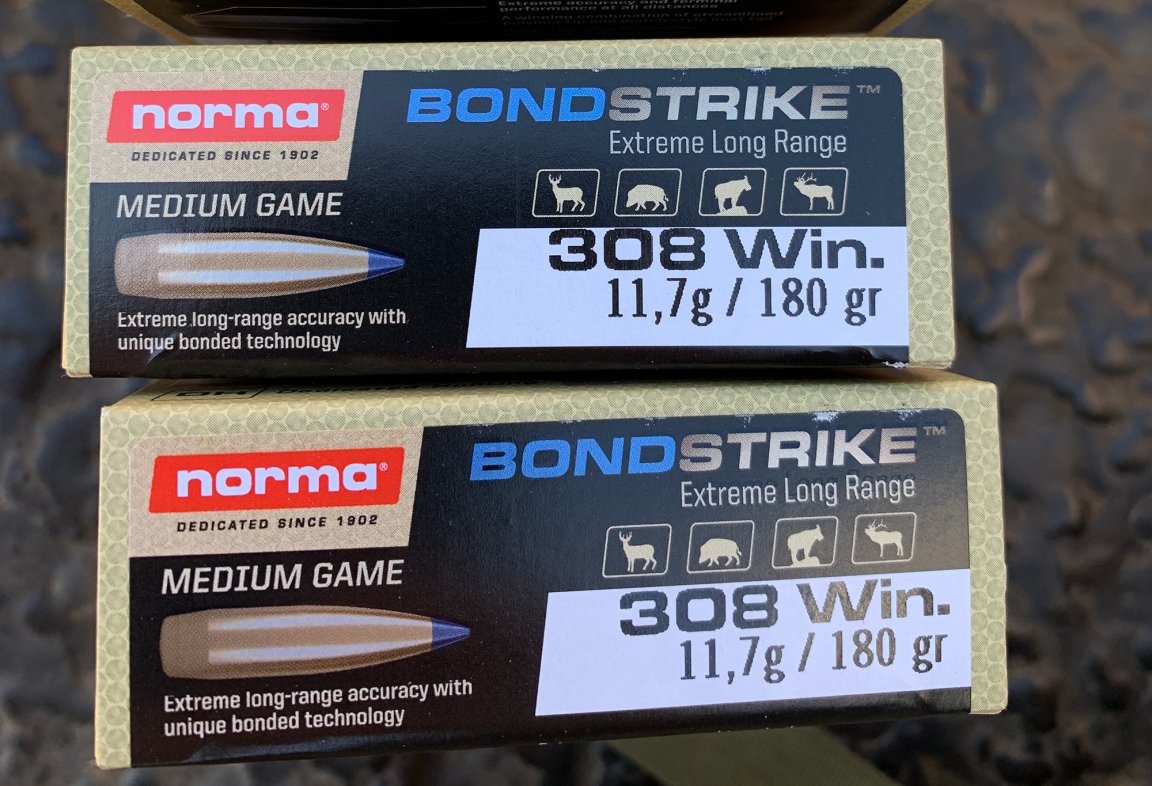We may earn revenue from the products available on this page and participate in affiliate programs. Learn More ›
When someone tells you that they’ve “tested” a hunting bullet, you should take it with a bit of skepticism most of the time. Accuracy on the range and performance in ballistic gel testing are valuable indicators, but the real proof is in a heavy meat pole. Even then, repetition and a variety of field conditions are necessary to convince discerning hunters of the merits of a new bullet. Even with all the opportunity I have here in Alaska, it can take years to generate a vetted track record of an ammunition’s performance on different types of game. That’s why a lot of big-game hunters find a bullet they trust and end up sticking with it. If it’s not broke, why fix it?
But if there was ever an ideal proving ground for quality hunting ammunition, it’s Africa. The game-rich hunting grounds in Africa provide the most valuable factor in testing hunting ammunition—opportunity for shots at game, and lots of it. So it was in Africa that I got to field test Norma’s new Bondstrike bullet.
The Bondstrike was a new offering for 2019, unveiled at SHOT Show. To the relief of many 6.5mm haters, the loaded Bondstrike ammunition is currently only offered in 180-grain, .30-caliber cartridges. It’s marketed as a long-range, high-B.C. bullet that’s bonded but will expand reliably. I looked at the pamphlet at SHOT, just like everyone else, and had no idea that I would be putting it to the test in South Africa nine months later. The bullet itself has an impressive B.C. of .615, and a bonded jacket that thins towards the front, allowing for expansion at lower velocities, but keeping the bullet together at high velocity. Often, bullets that expand reliably at long range will come apart up close, and tougher bullets will pencil-hole (not expand) at long range. The soap blocks we shot at various ranges showed a dramatic wound cavity within a couple inches of entry, but the bullets had great weight retention and penetration.
For my hunt in Africa, I shot .308 loads out of a Bergara B14 Ridge Rifle with a 22-inch barrel. On the range, the combination shot beautifully. I was able to shoot sub-MOA groups at 100 meters, and then I stretched out the range until I had good DOPE out to 800 meters.

We had the opportunity to hunt a variety of plains game, which have the reputation of being very hardy, tough critters of varying body size and anatomy. The most numerous were the impala and blesbok—both small, fleet-footed antelope, similar in size to pronghorns. I was able to take four total, one male and one female of each, with shots between 100 and 220 yards. I expected there to be a distasteful exit wound on these smaller antelope, but that wasn’t the case. A single shot through the lungs put them down quickly, with clean exits on all and catastrophic internal damage.
Even on bigger, tougher game at close range, the bullet yielded similar results. I shot an old wildebeest cow (notoriously tough animals) at 80 yards, right through the boiler room. The bullet zipped out, while obliterating both lungs, and putting the animal on the ground within 20 yards.
The bullet worked well at average hunting ranges and continued to perform at longer ranges, too. Everything in Africa, it seems, is noted for being tough, and that’s especially true for zebra. I made two quick pass-through shots on a Burchell’s zebra at 440 yards and 455 yards, and the animal went down quickly. The internal damage wasn’t as catastrophic as it was at the 200-yard range, but on an animal the size of a huge caribou—and significantly thicker-chested—it was still impressive performance, along with fantastic penetration.
Now, for most folks, including myself, hunting shots beyond 450 yards are few and far between. I am not an advocate of “long-range hunting.” But, I have done plenty of target shooting at long distances, and you can’t attest to a bullet’s long-range effectiveness without actually putting it to some use. Our PHs told us to shoot ostriches and baboons at any distance we had an opportunity (they’re considered varmints like coyotes here in the U.S.). I was able to take three baboons at 275, 495, and 814 yards, and two ostriches, at 615 yards and 843 yards. The .308 wasn’t winning any speed contests, but even while creeping along at half a mile, the Bondstrike did its job, and the far ostrich was the only animal that the bullet did not exit.
This look at how the Bondstrike performed is more of a bean counter’s take. The real reasons for hunting in Africa are much deeper than recording the number of animals taken and the yardages of each shot (the adventure of the hunt deserves it’s own story, so stay tuned for that). But ultimately, it’s performance and data that matter when we’re talking hunting ammunition, and I saw what I needed to see. Dirty-thirty shooters aren’t the type to be easily talked into the latest and greatest, but I’m happy to say that I would have zero reservations using this bullet on any game animal in North America. I’m also looking forward to getting some of these bullets as soon as they become available in component form for handloading.
